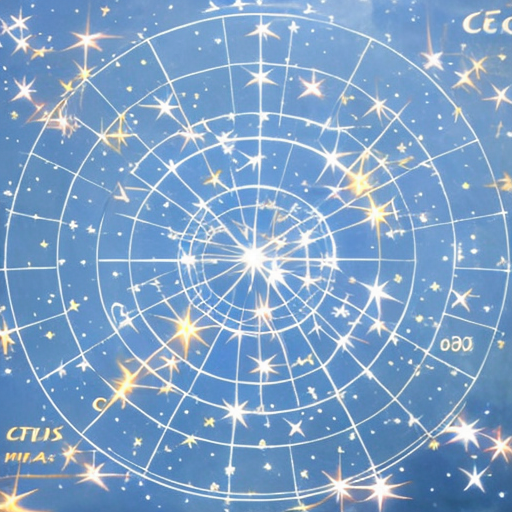Beyond the Bright Stars: Exploring the Mysteries of Constellation Cetus
Beyond the bright stars and familiar constellations we know, there lies a vast and mysterious universe waiting to be explored. One of these enigmas is Constellation Cetus, a collection of stars forming the shape of a sea monster located in the southern sky. While often overlooked in popular astronomy, Cetus has a rich history and fascinating mythology dating back centuries. Join us as we dive into the tale of this celestial creature and discover the wonders of this obscure constellation.

1. The Mythical Origins of Cetus: A Beast from the Depths of the Sea
Cetus, also known as the Sea Monster or the Whale, has been a prominent figure in mythology across cultures since ancient times. In Greek mythology, Cetus was the creature sent by Poseidon to terrorize the Ethiopian coast that was later slain by Perseus. In Egyptian mythology, Cetus represented Apep, the god of chaos and destruction, who was responsible for eclipses and other natural disasters. The Babylonians associated Cetus with Tiamat, the dragon goddess of the sea, who was eventually defeated by their god Marduk.
Despite the variations in the way different cultures viewed Cetus, this creature from the depths of the sea has always been considered ominous and powerful. It is no wonder that even in modern times, Cetus continues to fascinate stargazers with its intriguing starry formation and cosmic significance.
2. The Starry Formation of Cetus: Mapping the Spectacular Constellation
Cetus is one of the largest and oldest constellations in the night sky, located in the region of the celestial equator. It is easily recognizable due to its distinct shape resembling a sea monster, with its head pointing towards the nearby constellation of Pisces. The formation of Cetus is made up of various stars, with the brightest being Menkar, which is also the 74th brightest star in the sky. The constellation also contains several other interesting celestial objects, such as galaxies, nebulas and star clusters that have made it a popular target for astronomers.
Mapping the starry formation of Cetus is an exciting experience for anyone interested in astronomy. The constellation is visible from both hemispheres and can be observed throughout the year. Finding the constellation is relatively easy, and is an excellent opportunity for beginner stargazers to start exploring the night sky. Its fascinating formation and diverse array of celestial objects make Cetus an excellent direction to follow for those who wish to embark on a cosmic journey. As we reach the end of our voyage through the stars, we bid farewell to the mystical creature that is Cetus. This celestial wonder has captivated and enchanted stargazers for centuries, inspiring tales of heroes and monsters alike.
Despite its awe-inspiring size and haunting beauty, Cetus remains shrouded in mystery. How did it come to be? What secrets lie hidden within its depths? We may never know the answer to these questions, but one thing is certain – Cetus will continue to guide and inspire future generations of sky-watchers for years to come.
So next time you look up at the night sky, take a moment to appreciate this magnificent constellation. For as long as humanity has gazed at the stars, Cetus has been there, silently watching and waiting, reminding us of the vastness and wonder of the universe.


















